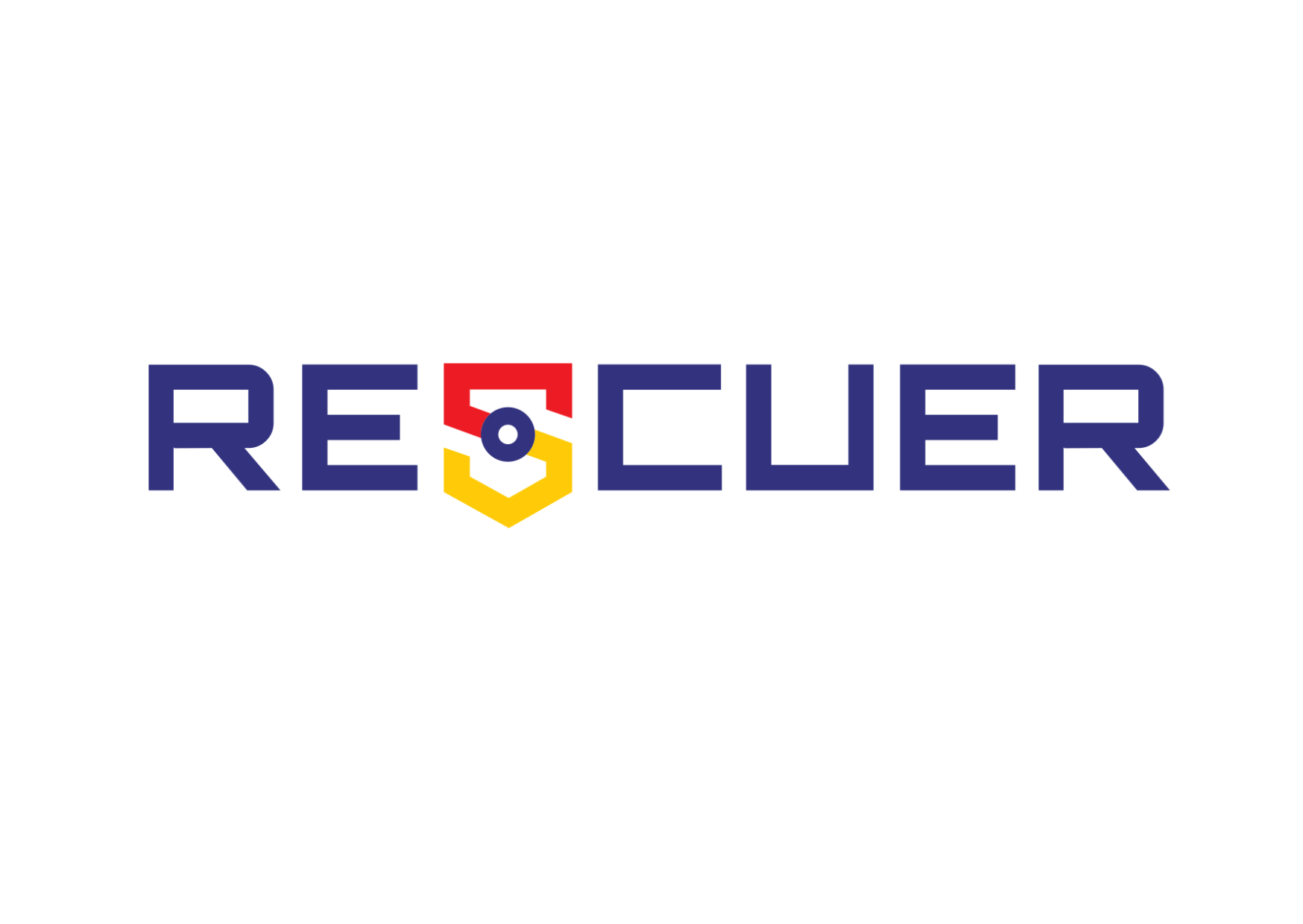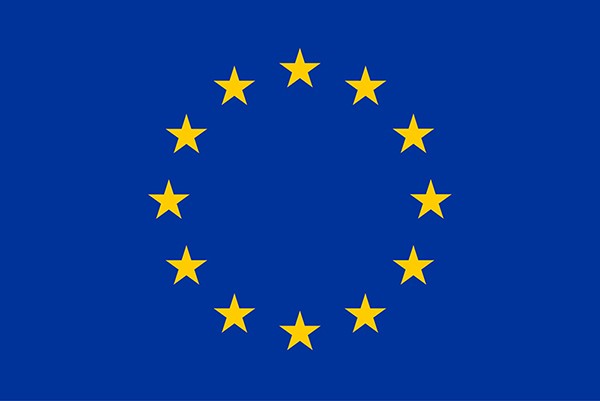RESCUER
Better protection and connections for emergency responders
Objective
RESCUER aims to design and develop a First-Responder-centered technology toolkit that will empower the next-generation of First Responders (FR) by enhancing their operational capacity and safety, specifically in adverse conditions, both environmental and infrastructure-wise. Adopting the “HERO” (enHanced nEw eRa first respOnder) concept, RESCUER will deliver a toolkit offering:
- Sense augmentation through enhanced sensorial input, (2) precise and infrastructure-less self-positioning,
- Precise and infrastructure-less self-positioning,
- Cognitive support and multi-sense AR interfaces, improving their focus and capability to utilise information and
- Robust ad-hoc intra-team communications for both verbal and data exchanges, all delivered over enhanced power and communication autonomy features.
Through the concept of a building black box, RESCUER will also introduce the capability of extracting environment information “in situ and infrastructure-wise”, during a disaster. The project will achieve these goals using lightweight, non-obtrusive, and natural interaction with devices and sensors that offer additional information layers augmenting human sensing and operational capabilities, rendering FRs better aware of their surrounding conditions and able to make fast and efficient decisions to remain safe in the line of duty. RESCUER will employ field tests and three distinct pilots, supervising progression to new technologies and ensuring their adoption by FRs through iterative feedback acquisition and a dedicated provision for reducing cognitive overload.
Impact
RESCUER will introduce the next generation of FRs, who will be better protected, connected and situationally aware, with enhanced operational capacity and able to efficiently operate in infrastructure-less environments without power and communications network.
INOV participation
INOV leads the integration work, being also responsible for the development of three tools: Communication Gateway, Black Box for Buildings, and WirelessFinder.
Communication Gateway
- Customized communication module, hosted by each team member
- Provides a self-organised intra-first responder ad hoc communication network
- Independent from established telecommunications infrastructures, which may be absent or damaged
- Supported in a mesh network topology for increased coverage
- Allow first responders to collaborate efficiently and securely
Black Box for Buildings
- Equipment to be installed in smart buildings as well as industrial facilities
- Aims to serve as an information hub for first responders in indoor disaster scenes
- Collects information gathered from building sensors (i.e. temperature, humidity, motion, air quality, etc)
- Stores static building information (i.e., floor plans, and building-specific metadata)
- Provides data to first responders’ through Ad Hoc network (gateways)
WirelessFinder
- This WirelessFinder aims to help first responders in search and rescue operations
- In scenarios where victims can be trapped under snow or under debris
- Designed to detect wireless devices that victims can carry, such as smartphones and smartwatches
- Can detect devices through Wi-Fi and Bluetooth wireless technologies


